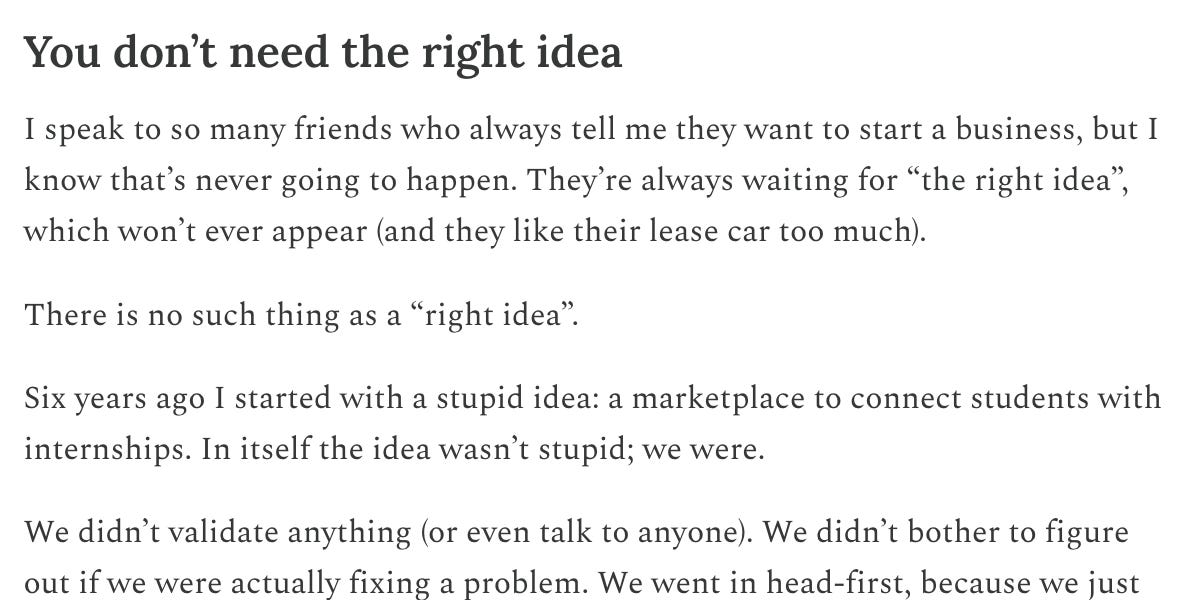### Introduction
In HarmonyOS Next, child elements use the *.position()* attribute for relative positioning within parent elements. Usage example:
``` @Entry @Component struct PositionExample1 { build() { Column() { Row() {
} .position({x: 50, y: 50}) } .width('100%') .height('100%') }} ```
This positions the child element 50 units from the parent's left and top edges.
A common challenge is positioning elements near the right edge, especially given the diverse screen sizes across devices. How can we ensure consistent positioning across different devices?
We propose a solution using the LocalizedEdges type. This approach accounts for device diversity by:
1. Identifying device types 2. Adapting to screen dimensions 3. Maintaining consistent positioning across devices
### Solution
Official documentation: \#position
Use LocalizedEdges for positioning relative to parent container edges, with mirroring support. This is ideal for:
- Fixed-position elements - Floating action buttons - Top-aligned components - Edge-sensitive designs
Example of bottom-right positioning:
``` @Entry @Component struct PositionExample1 { build() { Column() { Row() {
} // bottom: Offset from bottom edge // end: Offset from right edge (supports RTL mirroring) .position(bottom: { value: 20, unit: 2 }, end: { value: 20, unit: 2 }) } .width('100%') .height('100%') }} ```
Key features:
- `unit: 2` specifies percentage-based positioning - Works consistently across all screen sizes - Automatically adjusts for right-to-left languages - Maintains design integrity on any device
This concludes our overview of advanced positioning techniques in HarmonyOS Next.
.png)



